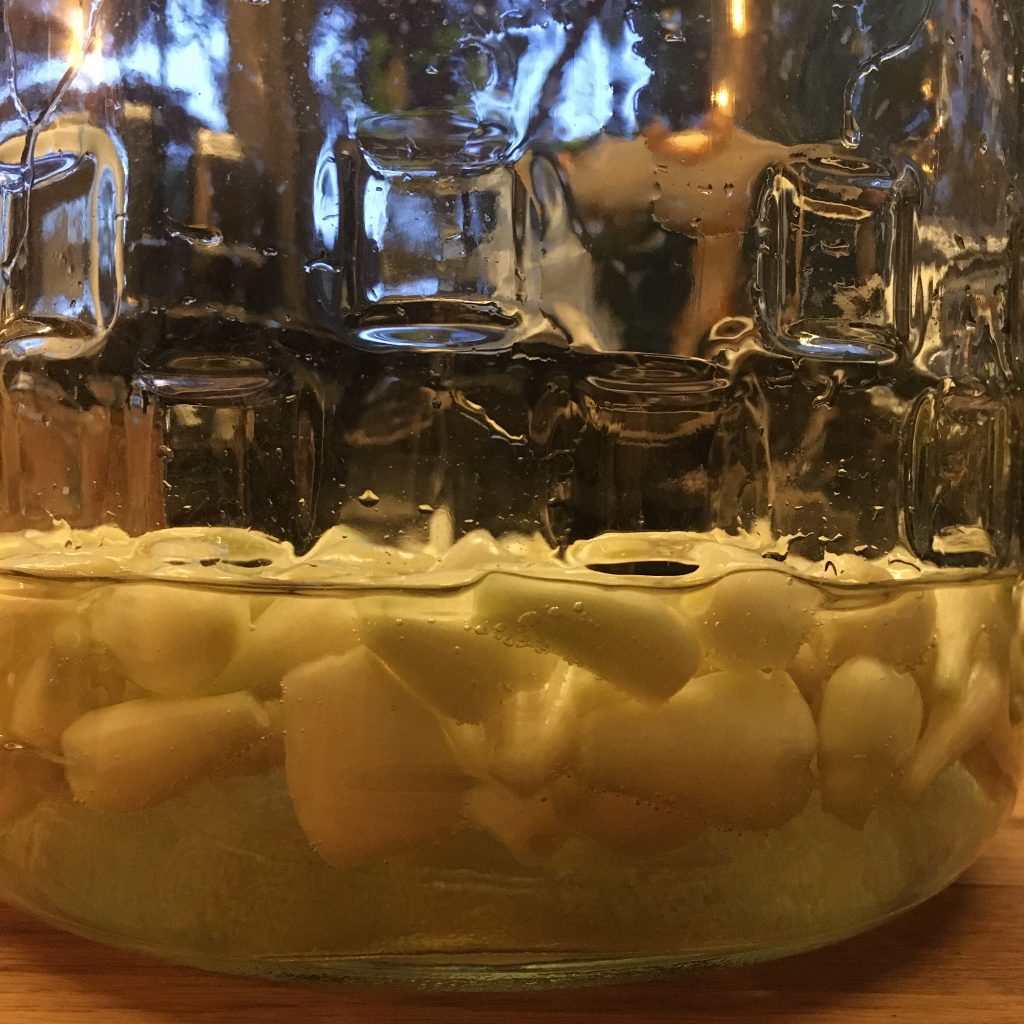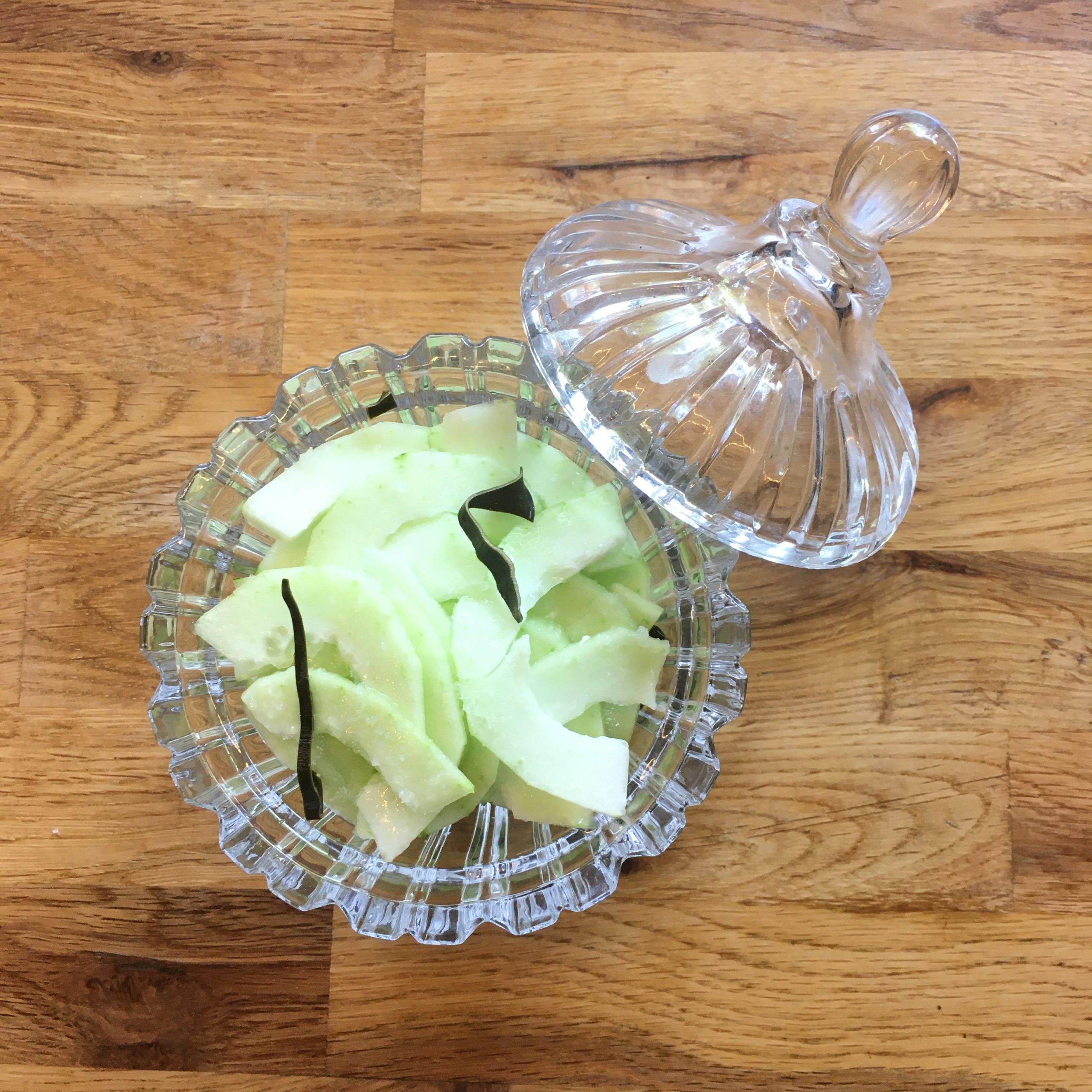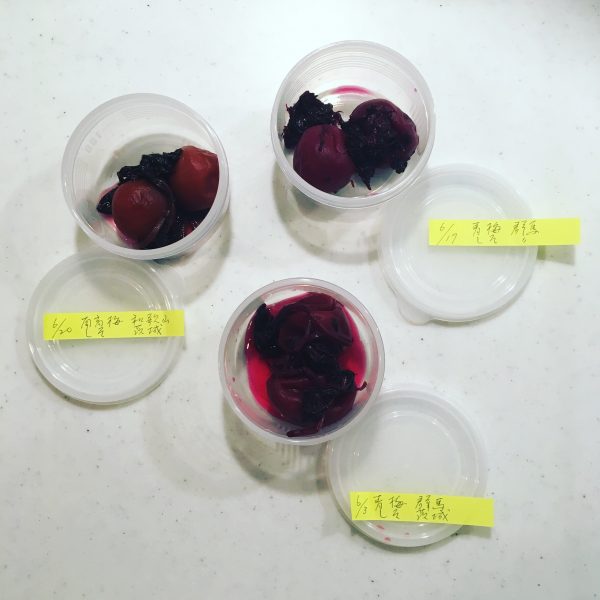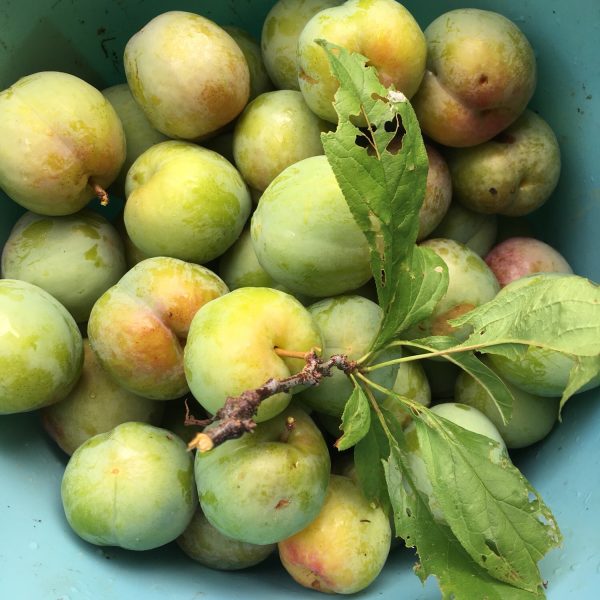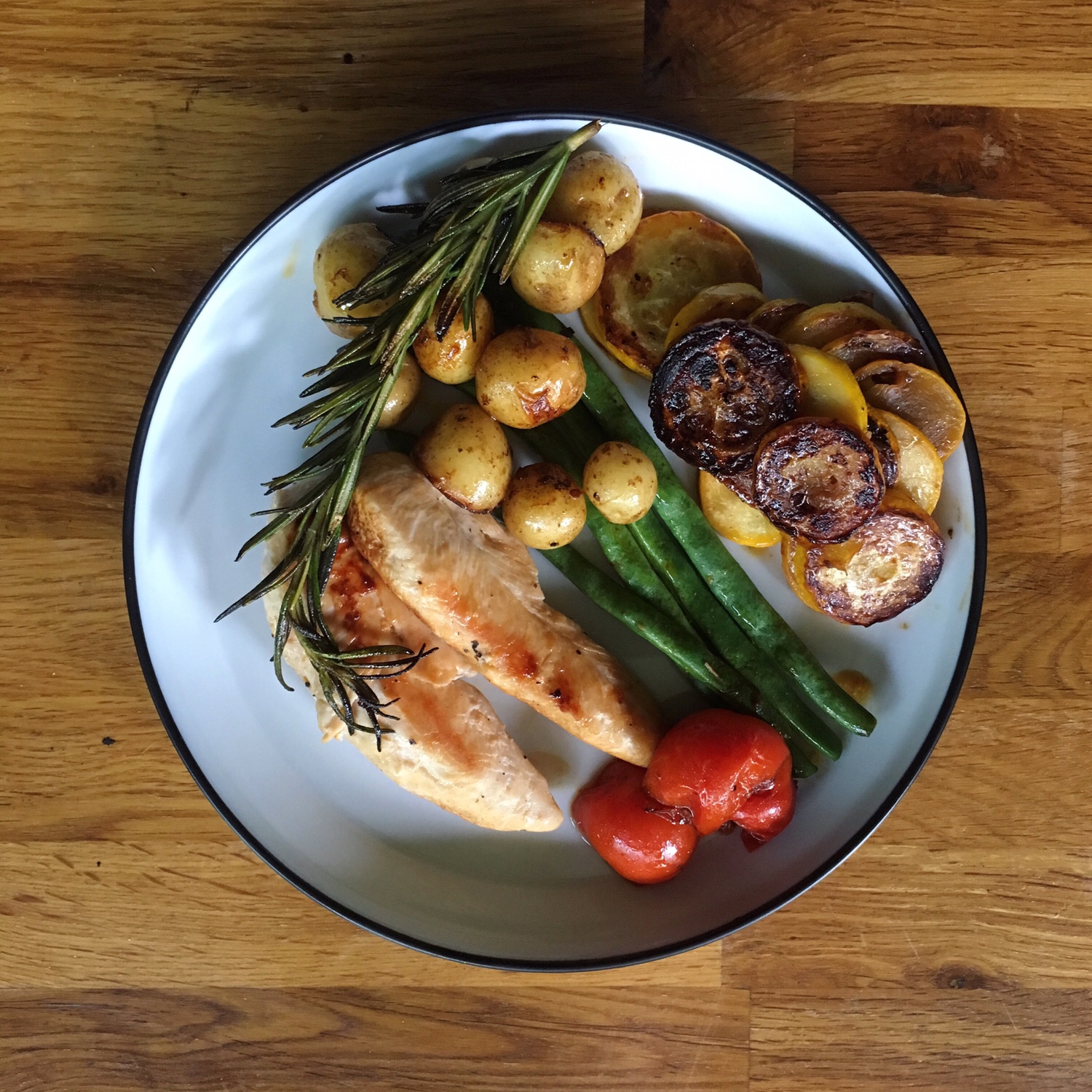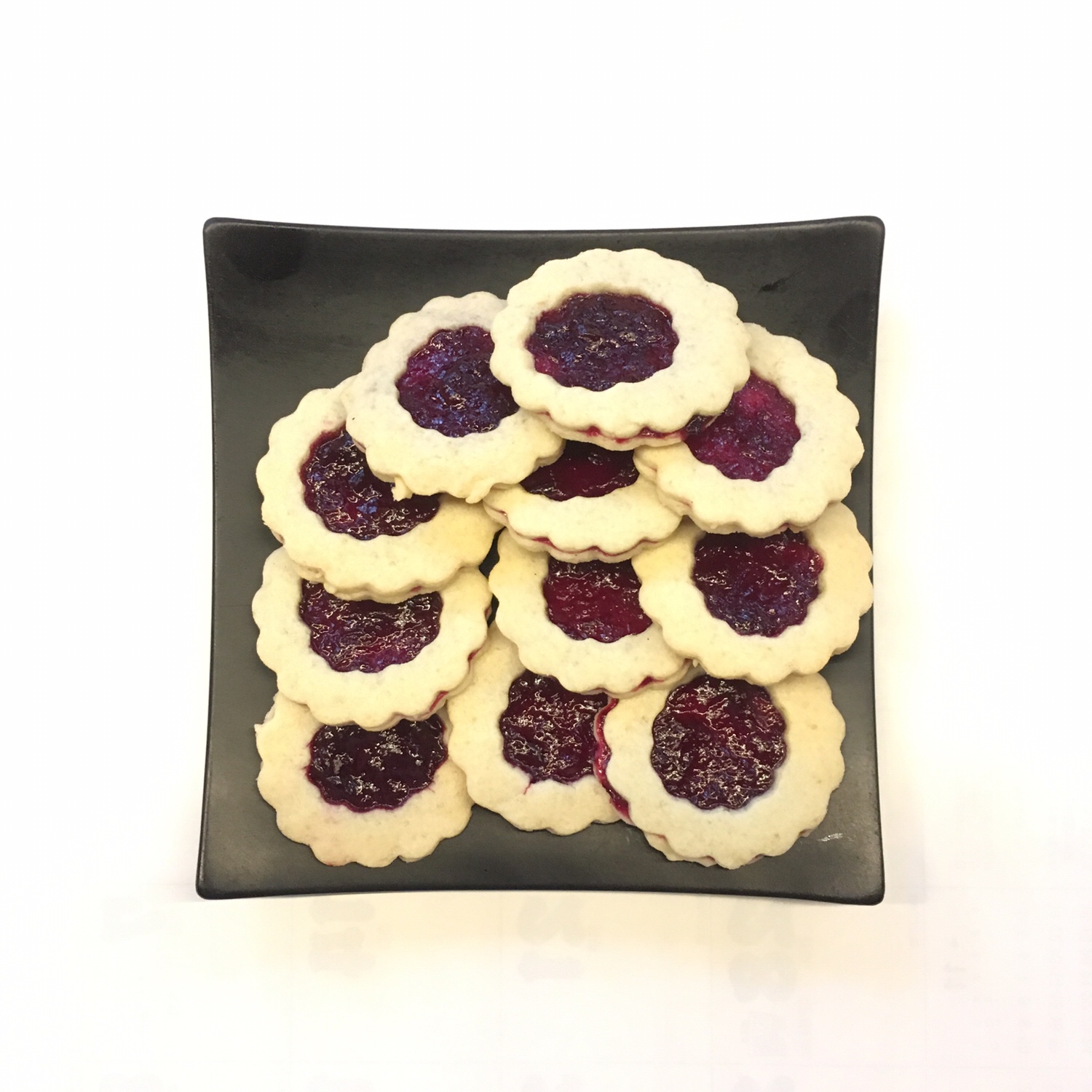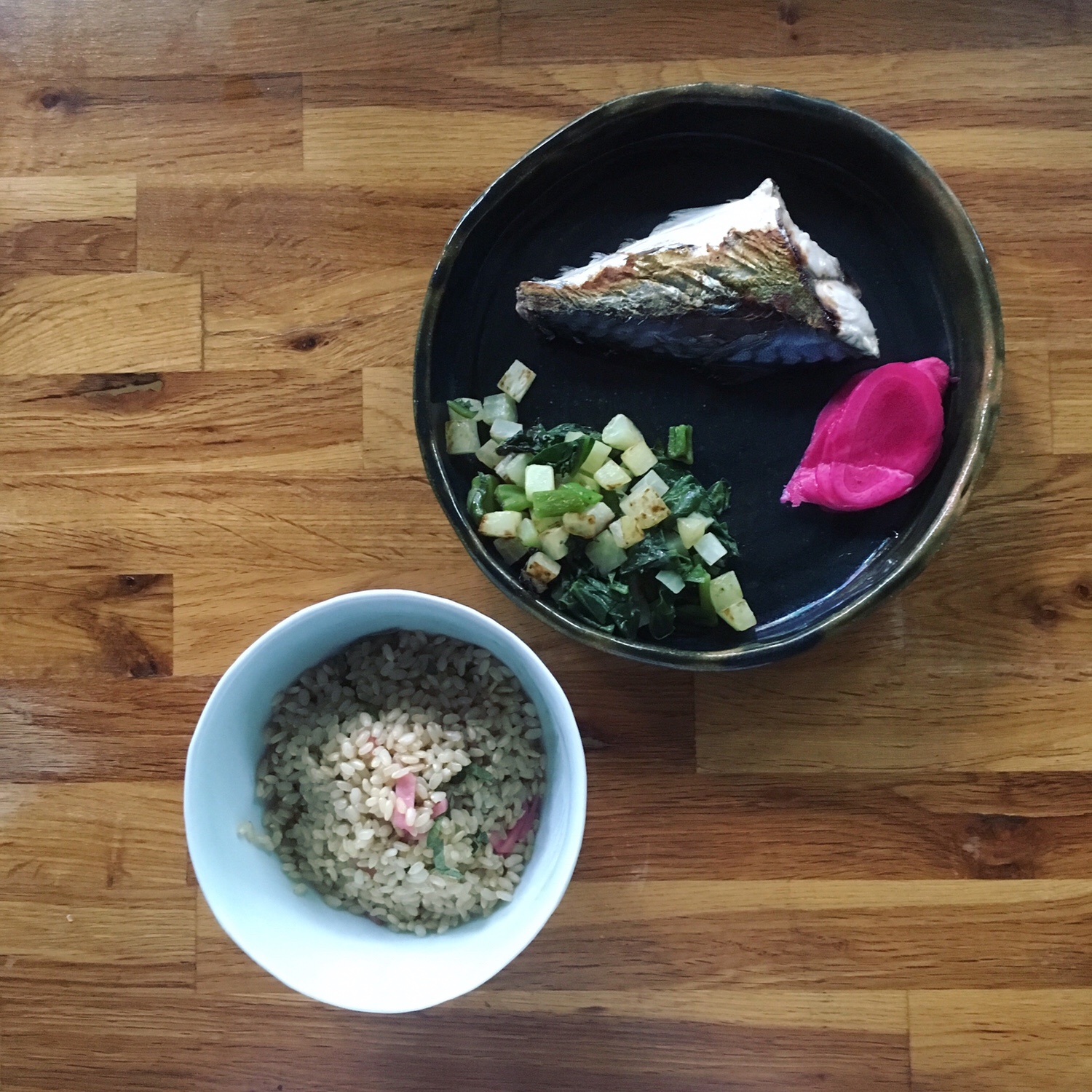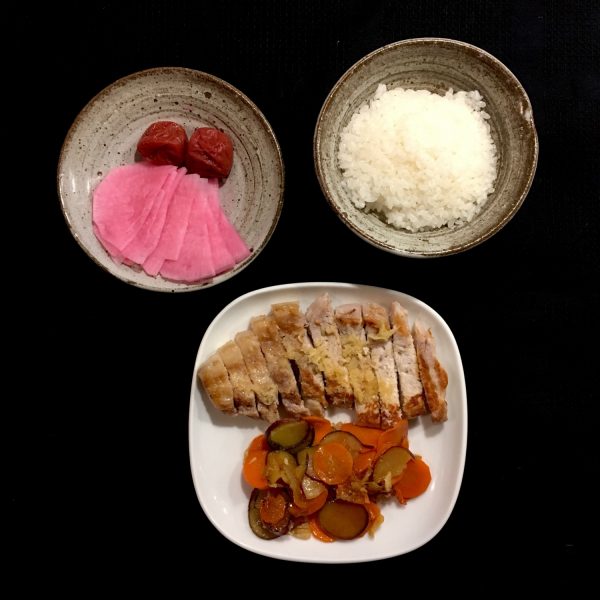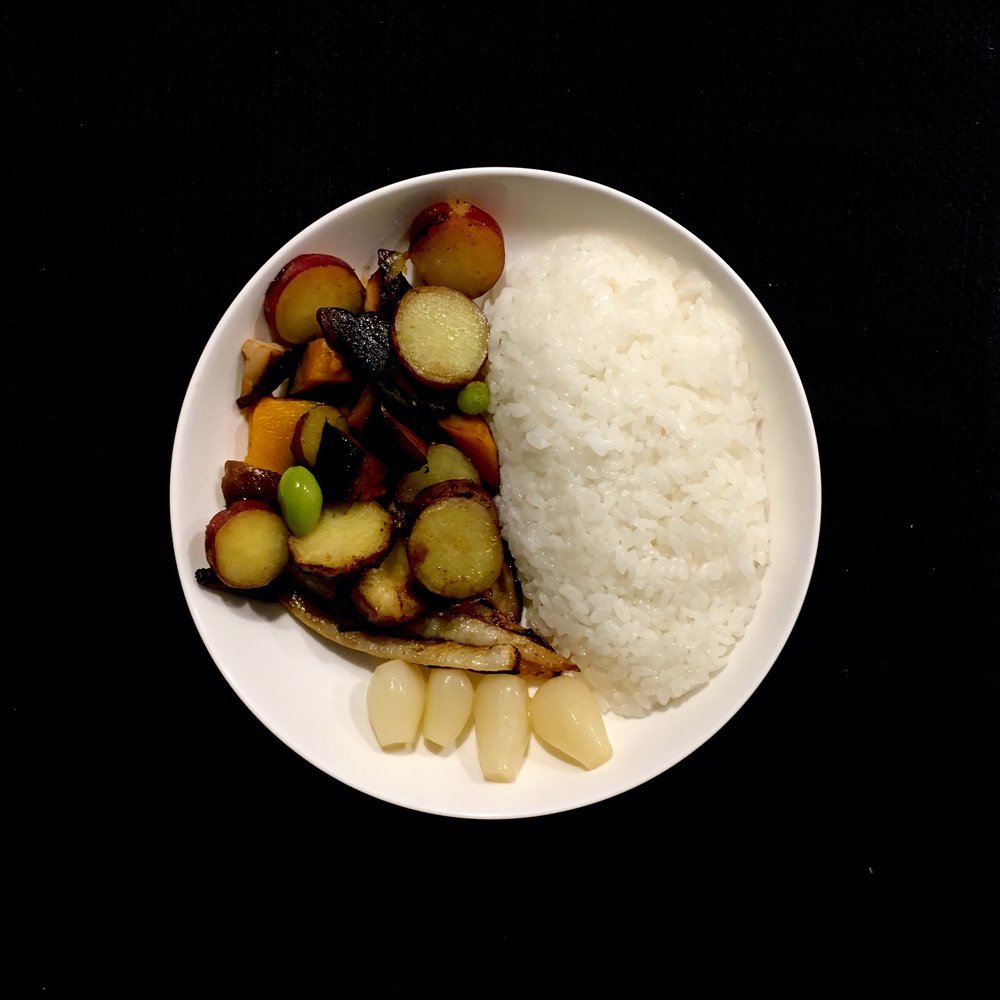If you have ever eaten curry-rice in a restaurant you surely have eaten the little white pickle served with it and then you have eaten pickled rakkyō 薤. A little vegetable that looks like a shallot a bit and is often called Chinese onion. I love the crisp and fresh taste it has and it’s hard to stop eating! A little like French cornichon, but less sour and salty!!!
The season for fresh rakkyō harvest is right now and it is fairly easy to find in coop and farmers markets. Pickling them is rather simple though washing and pealing is a bit tedious and you have recipe several options.
The easiest one is to use a prepared ready to use “rakkyō su” which is a mix of vinegar, sugar, dashi that is chiefly used for pickling rakkyō but can also be used for other preparations such as curry onion pickles. Though I am not necessarily a fan of ready to use products, they are a good way to start when you are unsure of the result and what you do and want to maximize success.
Other methods are to prepare your own brine for pickling the rakkyō. One recipe I have in an old Japanese cookbook is quite lengthy and probably the most genuine one, yet I couldn’t find a similar one anywhere, so I tempted to share it with you. My rakkyō are still in their first week of picking so I don’t yet the result… we’ll see!!!
So first the recipe for a quick sure outcome, and then the lengthy one. Choose the one you prefer!
Easy-peasy pickled rakkyō
- 1kg of fresh rakkyō
- 1 bottle of rakkyō su らっきょ酢
Start by washing the rakkyō and removing the first layer of skin to obtain a smooth and shiny surface. Remove the hard base and top too. Bring a large pan filled with water to a boil and throw the rakkyō in for one minute. Drain and pat dry the rakkyō.
In a sterilized bin put the dry rakkyō and cover with the rakkyō su. Close the bin with a lid. Leave to rest for 14 days. Shake the bin 2 times per day on the first 3 days. After 14 days enjoy!
Classic recipe of pickled rakkyō
Brine for pickling (used 14 days later)
- 2 cups of rice vinegar or other white mild vinegar
- 300g of sugar
- 1 cup of white umezu (brine of the umeboshi unflavored with shiso), can be replaced by 1 cup of vinegar + 1tsp of salt
- 1/2 cup of mirin or konbu dashi
- 5 dried red pepper (optional)
Pickling step 1
- 1kg of fresh rakkyō
- 30g of salt
- 4tbs of vinegar
- 1l of water
Start by washing the rakkyō and removing the first layer of skin to obtain a smooth and shiny surface. Remove the base and top too.
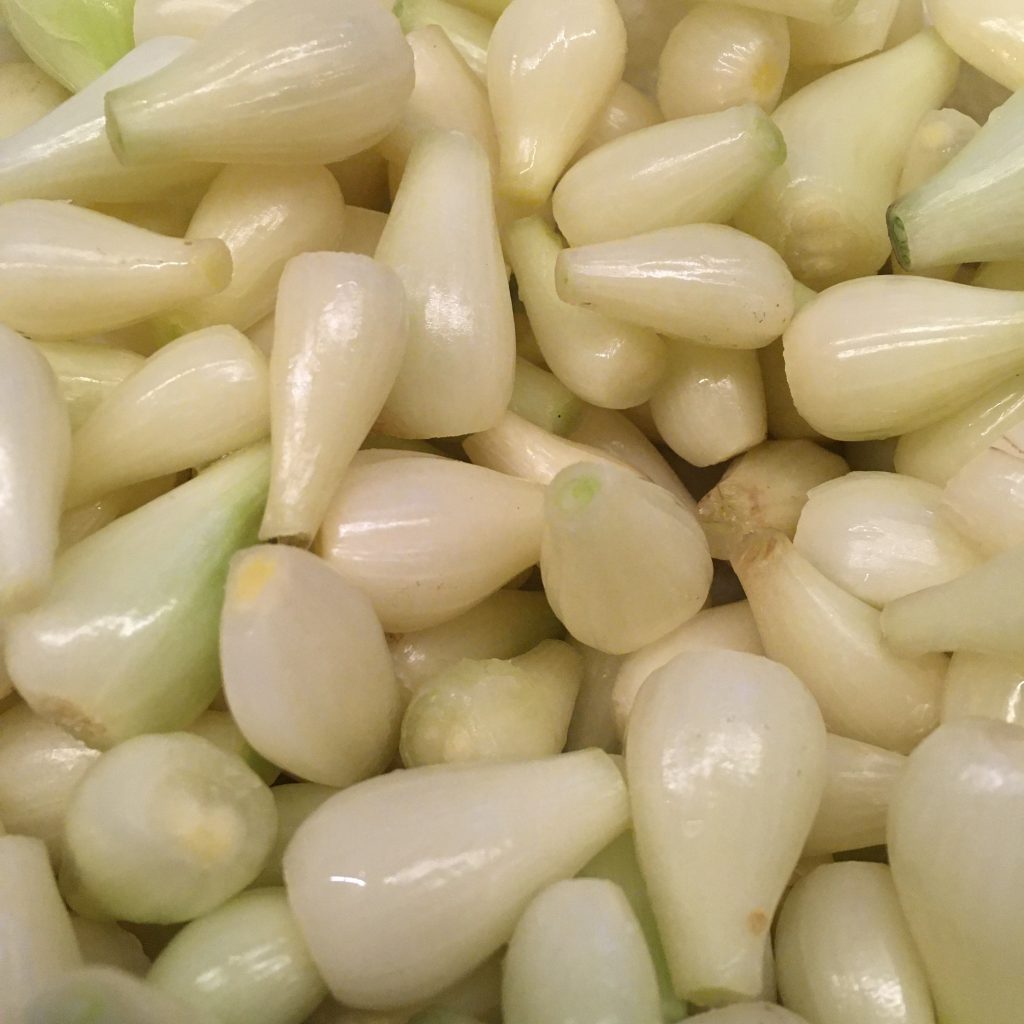
In a pan, set the water, salt and vinegar and the prepared rakkyō. Bring to a boil and stop right away. Drain and pat dry and put in a bin or a pickle-pot. Cover with the brine you made or of commercial brine. If you can set a heavy lid, otherwise everyday shake the bin. Wait for two weeks.
Pickling step 2
After two weeks drain the rakkyō and set them in salted water for 3-4h. Renew 2-3 time the water. Then set to dry in the air for half a day. Ideally in the sun, but any well ventilated place will do.
Finally prepare the brine by mixing all the brine ingredients together (but the red pepper) and bring to a boil. In a sterilized bin put the rakkyō and cover with the brine. Add the red pepper if you plan to use some.
Now it’s ready. Rakkyō in brine should keep a year or so., so enjoy!
